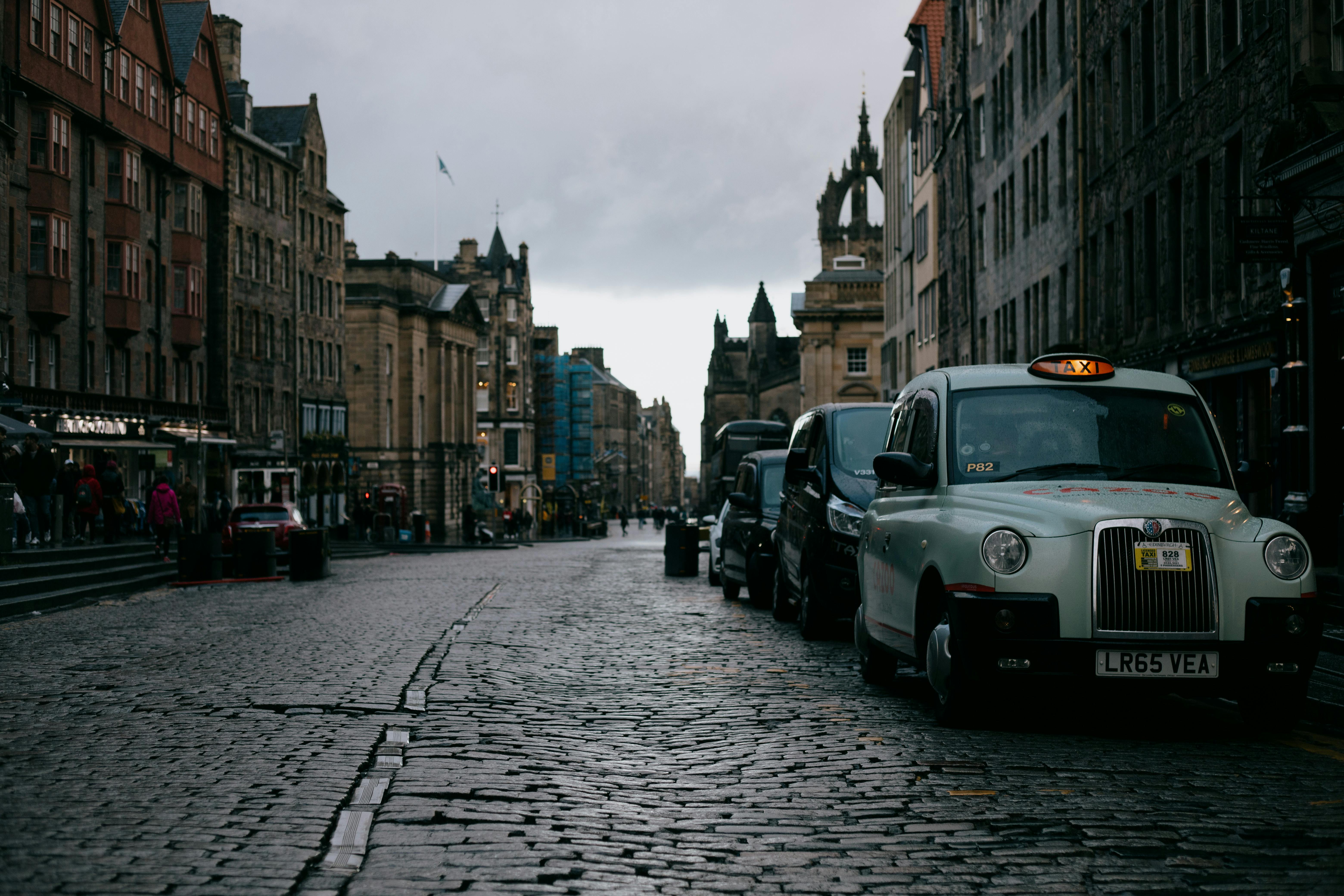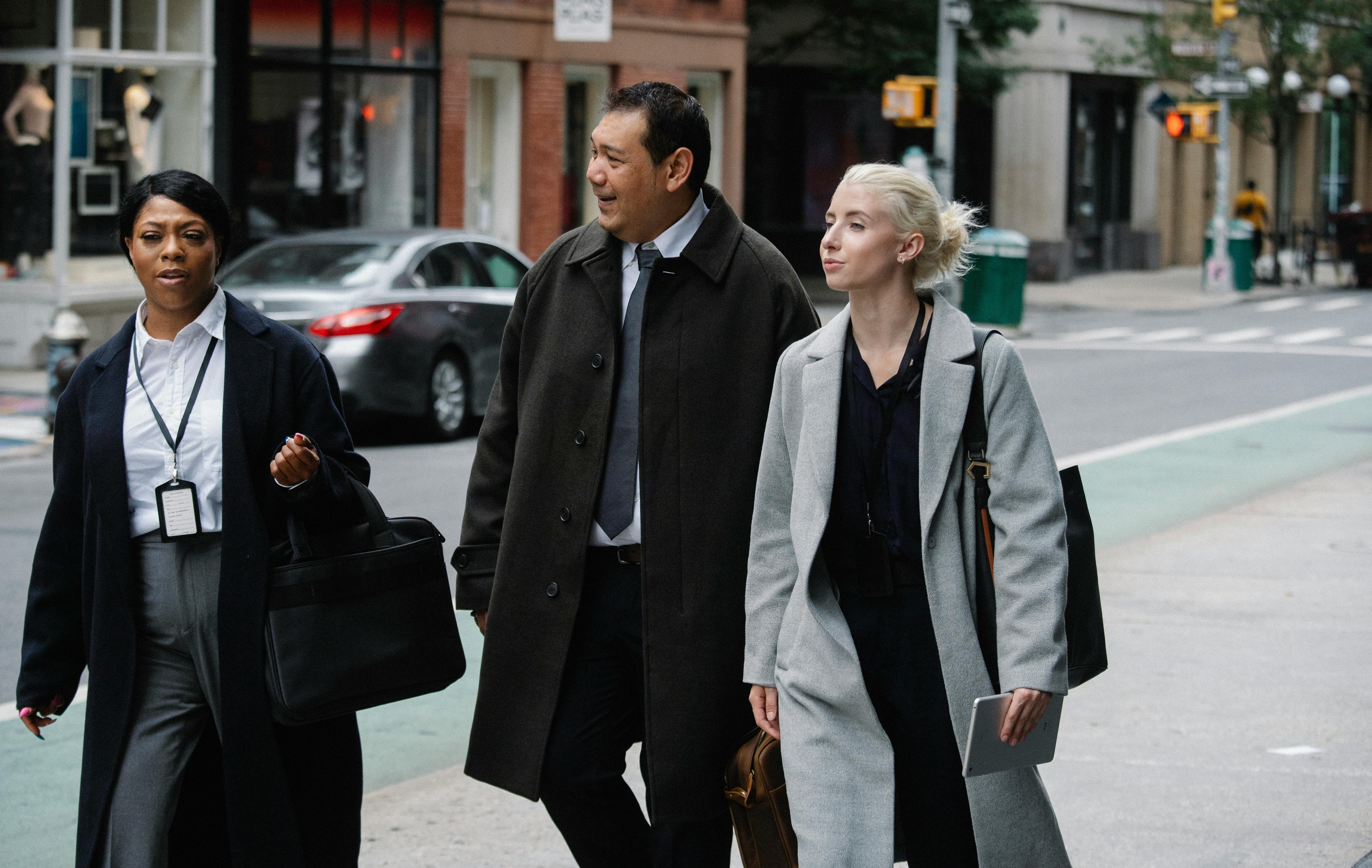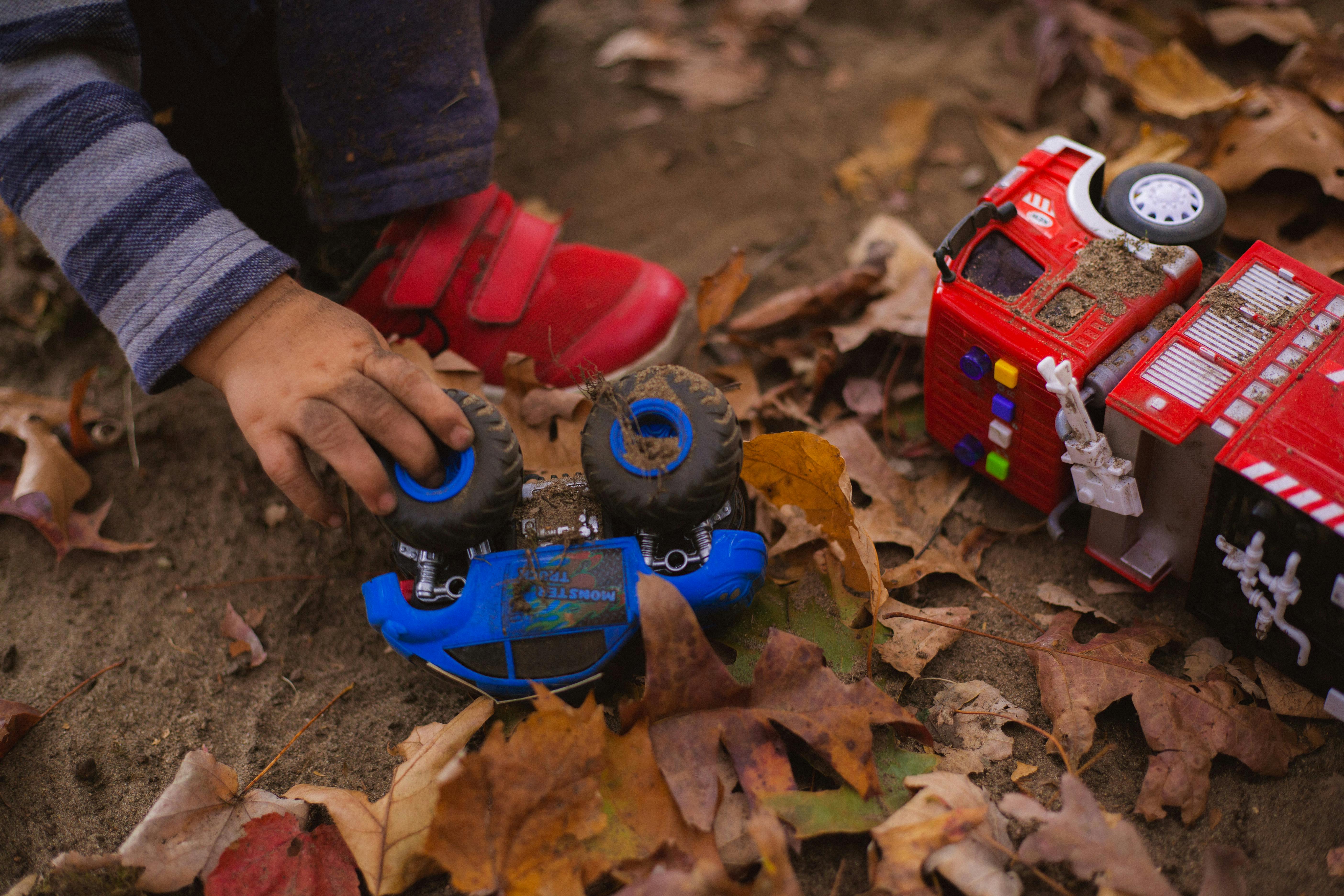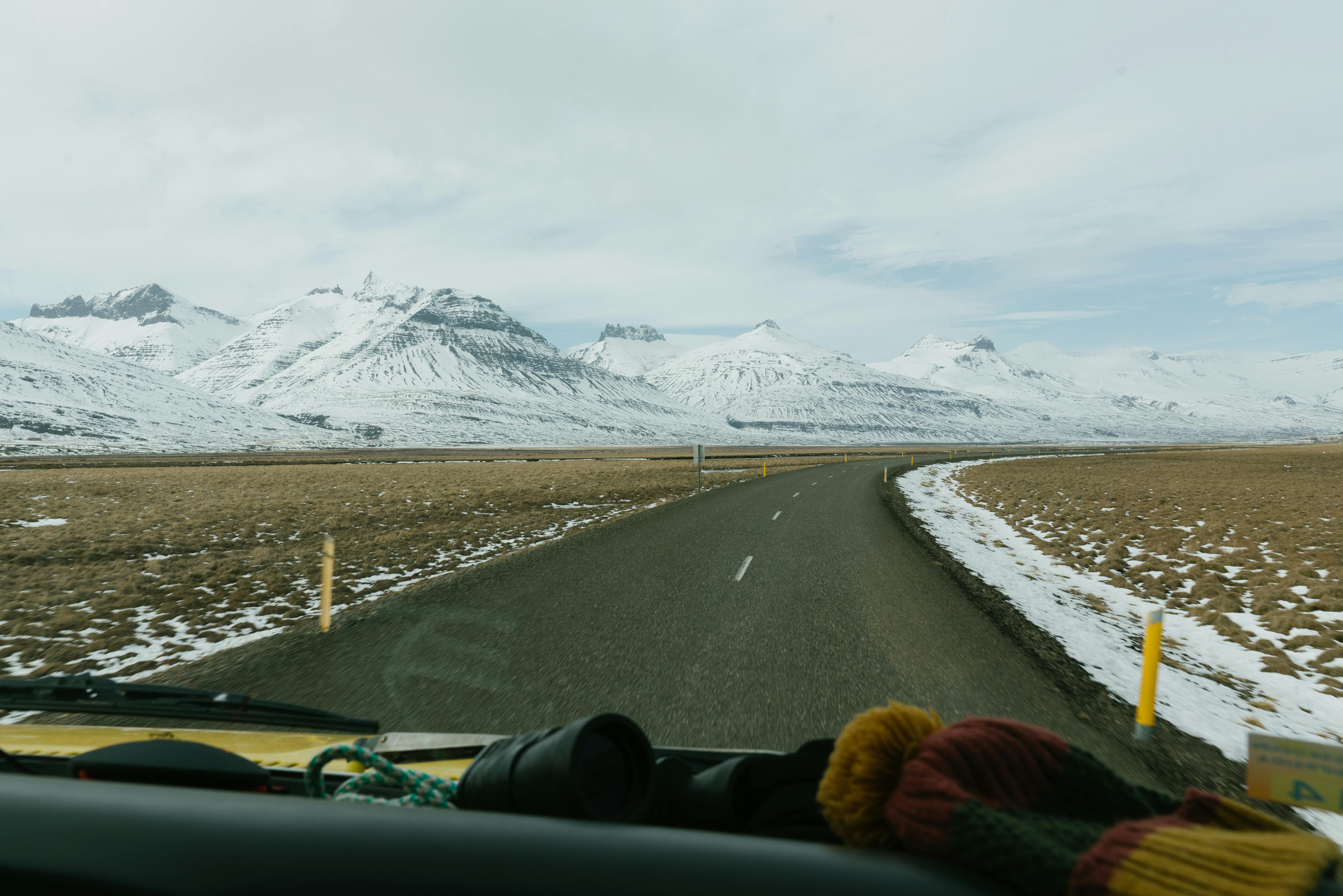Birth of Maserati Ghibli, production peculiarities
The appearance of Maserati Ghibli (hereinafter – Ghibli) on the market was influenced by some reasons: Maserati SpA (hereinafter – Maserati) wanted to replace the Maserati Mistral model that had been on the market since 1963, and also sought to attract new customers with Most powerful and fastest representative of “Grand tourer”.
Ghibli debuted at the Turin Motor Show in 1966 and entered production in 1967. It was the direct rival of Ferrari Daytona and Lamborghini Miura.
Interest in Ghibli was high in the market, especially in North America, so production volumes were higher than expected. During the years 1967 and 1973 1170 coupe units (including SS modification), 125 spyder units (including SS modification) Ghibli models were produced in total.
Ghibli is a word of Arabic origin, meaning heat, wind-borne dust, roaring in the deserts of North Africa. Ghibli, successor to the Maserati Mistral model, clearly highlighted Maserati’s trend in car names: Maserati Bora, Maserati Khamsin models were also referred to as wind names.
Interior design
What was so strong at Ghibli that brought Frank Sinatra to buy this car? Why didn’t you pick other rivals who were “on the wave” at the time? Maybe you enjoyed the double shock tails, which curled up towards the left side of the car? Possibly pop-up based and “needless” headlights rarely seen? Perhaps the handbrake lever, sticking out of the driver’s seat? Without a doubt we would receive from Frank Sinatra “in exchange” for this sarcasm. And his comeback would be based not only on our giving him prominence in none of the areas of his accomplishments, but emphasizing the “accents” noted to frequent classic car lovers.
This car design was Giorgetto Giugiaro’s masterpiece, which was developed when he was working at Carrozzeria Ghia & Gariglio Company, early in his career. Even though Ghibli’s design was one of the first jobs in this company, even looking from today’s perspective, it was a highly professional creation.
Giorgetto Giugiaro did not want to hide that the mighty Ghibli was powered by an engine positioned at the front, on the contrary, he highlighted this by designing a long and aggressive hood, a smooth sloping roof line and a short rear of the car. The drop-down headlights gave the Ghibli sportiness and the front fender grilles ensured the image of a “sharp” car.
The interior of the car is spacious, so that 2 even tall people can enjoy the ride comfortably. Although Ghibli had rear seats, the rear space was used for luggage, which could also be accessed through the trunk. The dashboard was informative and the necessary switches were within easy reach of the driver.
Many features, originally intended for luxury cars, were available from Ghibli: air conditioning, power steering, power windows, and ventilated brake discs.
Technical specifications
At Ghibli, a V8 engine was installed, reaching 250 kW (330 hp) of power, a five-speed manual gearbox or a three-speed automatic. The slightly shortened chassis was adopted from the Maserati 3500GT and Maserati Mexico models. The front suspension was independent, with double wishbones, coil springs and hydraulic shock absorbers. At the rear was a drive axle, in addition the suspension had semi-symmetrical leaf springs, hydraulic shock absorbers.
For those times, Ghibli was one of the fastest cars. The car managed to reach a speed of 265 km / h, which during those days was the “fantasy world”. During the production year of this car, the traffic was not heavy, there were practically no speed limits in Italy either, so Ghibli owners could easily enjoy the performance of the car.
Although the acceleration (0-100 km / h) was not very impressive (Ghibli was able to reach 100 km / h in 6.4 s, while Ferrari Daytona did it in 5.4 s.), Ghibli nevertheless handled easily compared to other Italian super cars. .
Ghibli also had some weaknesses: the pop-up headlight system often broke down, other electricity-related problems occurred, the car was subject to rust, after a few tens of thousands of kilometers, the engine required serious maintenance. . In fact, it should be mentioned that such problems were common in many cars, made in the sixties, so Ghibli was not “exclusive” about it.
Interesting
– The world-famous owners of Ghibli besides Frank Sinatra were Peter Sellers, Jean-Paul Belmondo, Wilt Chamberlain;
– Even in those days it was difficult to “feed” the Ghibli: the average fuel consumption in the urban cycle was ~ 25 liters / 100 km. Incidentally, the owner could uninterruptedly enjoy driving for a while, Ghibli had 2 fuel tanks, containing 100 liters in total with the presentation tubes on both sides of the car.
– To meet US requirements, dash-mounted toggle switches were replaced with rocker switches on later Ghibli models. The requirement was based on security. However, this change was not useful in reality, because the new switches were not reliable, because the brittle plastic tended to crack, break;
– Early Ghibli models had imitation wheels.




Recent Comments